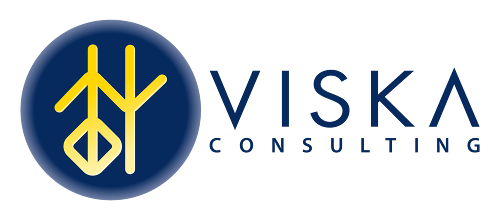Small to medium-sized businesses (SMBs) everywhere face the constant challenge of maintaining profitability while ensuring the quality of their services or products. The key to achieving this delicate balance lies in effective cost management. This comprehensive guide offers practical, actionable strategies to help businesses streamline their operations, optimize resources, and maintain their competitive edge without compromising on quality.
Understanding Your Current Expenditure
The first step towards cost efficiency is gaining a deep understanding of your existing expenses. This involves more than just a cursory glance at your financial statements.
- Review Your Expenses: Dive into your financial records with a fine-tooth comb. Categorize each expense and identify trends. Are there areas where costs have spiked unexpectedly? Understanding these patterns is crucial for pinpointing where reductions can be made.
- Identify Key Cost Centers: Not all expenses are created equal. Some areas of your business will naturally require more resources. By identifying these key cost centers, you can focus your cost-reduction efforts where they will have the most impact.
Streamlining Operations
Efficiency is the linchpin of cost reduction. Streamlining operations can eliminate wasteful expenditure without affecting the quality of your output.
- Automate Where Possible: From customer service to inventory management, automation tools can drastically reduce the time and labor costs associated with routine tasks. Evaluate your operations to identify processes that can be automated, thereby freeing up your workforce for more value-added activities.
- Optimize Workflow: Examine your current workflows critically. Are there steps that can be combined or eliminated? Streamlining these processes can lead to significant savings in time and resources.
Leveraging Technology
In today’s digital age, technology is a powerful tool for cost reduction. It not only streamlines operations but also opens up new avenues for savings.
- Adopt Cloud Computing: By moving to cloud-based services, businesses can reduce the costs associated with maintaining physical IT infrastructure. Cloud services offer scalability and flexibility, allowing you to pay only for what you use.
- Use Data Analytics: Implement data analytics to make more informed decisions. By analyzing customer behavior, market trends, and operational efficiency, you can identify areas for cost reduction and revenue generation.
Negotiating with Suppliers
A proactive approach to supplier relations can lead to significant cost savings.
- Bulk Purchasing: Negotiate better rates with suppliers by committing to bulk purchases. This not only reduces the per-unit cost but also minimizes ordering and shipping expenses.
- Renegotiate Contracts: Market conditions change, and so should your supplier contracts. Make it a regular practice to revisit and renegotiate these contracts to ensure you are always getting the best possible deal.
Sustainable Practices
Sustainability is not just an environmental concern; it’s a financial strategy as well.
- Go Green with Energy: Implement energy-saving practices such as LED lighting, energy-efficient appliances, and smart thermostats. These measures can reduce your utility bills significantly over time.
- Reduce, Reuse, Recycle: Minimizing waste is not just good for the planet; it’s also good for your budget. Find creative ways to reuse materials and opt for recycled products where possible.
Investing in Your Team
Your employees are your most valuable asset. Investing in them can lead to greater efficiency and, in turn, cost savings.
- Training and Development: Providing training and development opportunities boosts employee efficiency and productivity. A skilled workforce means tasks are completed more effectively, reducing the need for additional headcount.
- Promote from Within: Developing your internal talent pool and promoting from within can save considerable costs associated with recruiting, hiring, and training new employees.
Monitoring and Adjusting
Effective cost management is a dynamic process. It requires ongoing attention and adaptation.
- Regular Reviews: Set a schedule to regularly review your spending and the effectiveness of your cost-saving measures. This allows you to stay on top of your financial health and make adjustments as needed.
- Be Flexible: The business world is ever-changing. Be prepared to pivot your strategies in response to new market conditions, technological advancements, or shifts in consumer behavior.
Conclusion
Reducing operating costs is vital to maintaining and growing a profitable business, especially for SMBs in competitive markets. You can achieve significant cost savings by thoroughly understanding your expenses, streamlining operations, leveraging technology, negotiating with suppliers, adopting sustainable practices, investing in your team, and continuously monitoring and adjusting your strategies. This approach leads to a more efficient, effective, and ultimately more profitable business model.
In implementing these strategies, businesses can survive the challenges of today’s economic landscape and thrive, setting a benchmark for success in their respective industries.
Boost Your Productivity and Efficiency
Do you need help understanding your expenses, streamlining operations, leveraging technology, negotiating with suppliers, adopting sustainable practices, investing in your team, and continuously monitoring and adjusting your strategies? You’re in the right place. At VISKA, we specialize in helping businesses like yours achieve optimal performance. Reach out to us today and let’s discuss how we can take your productivity to new heights.

